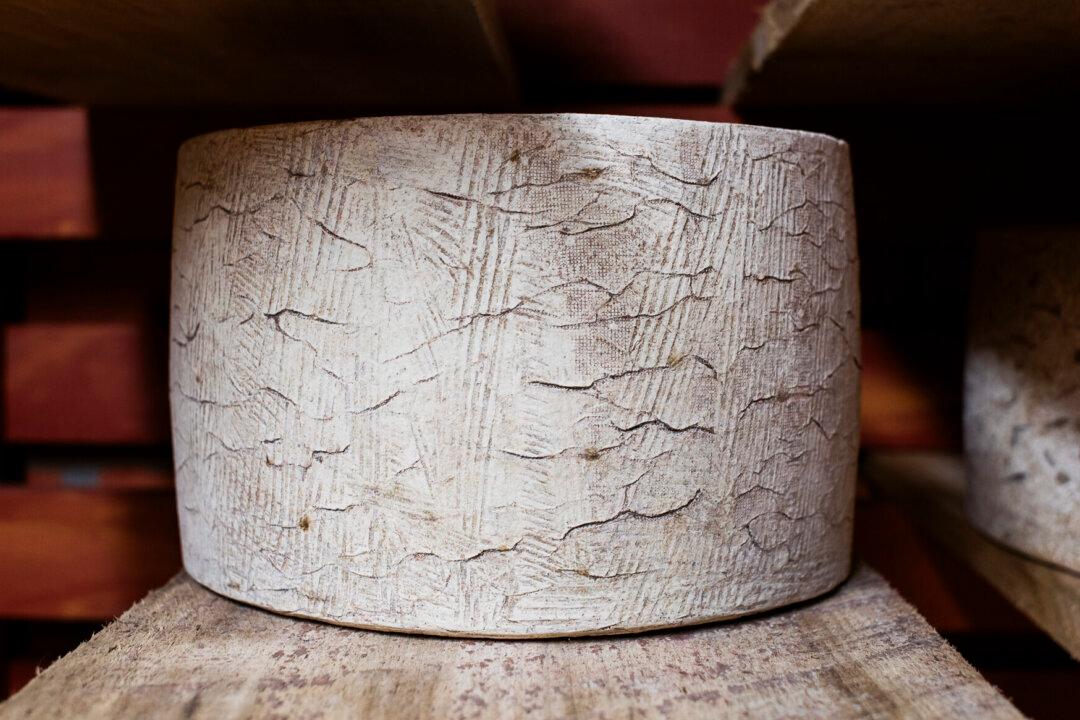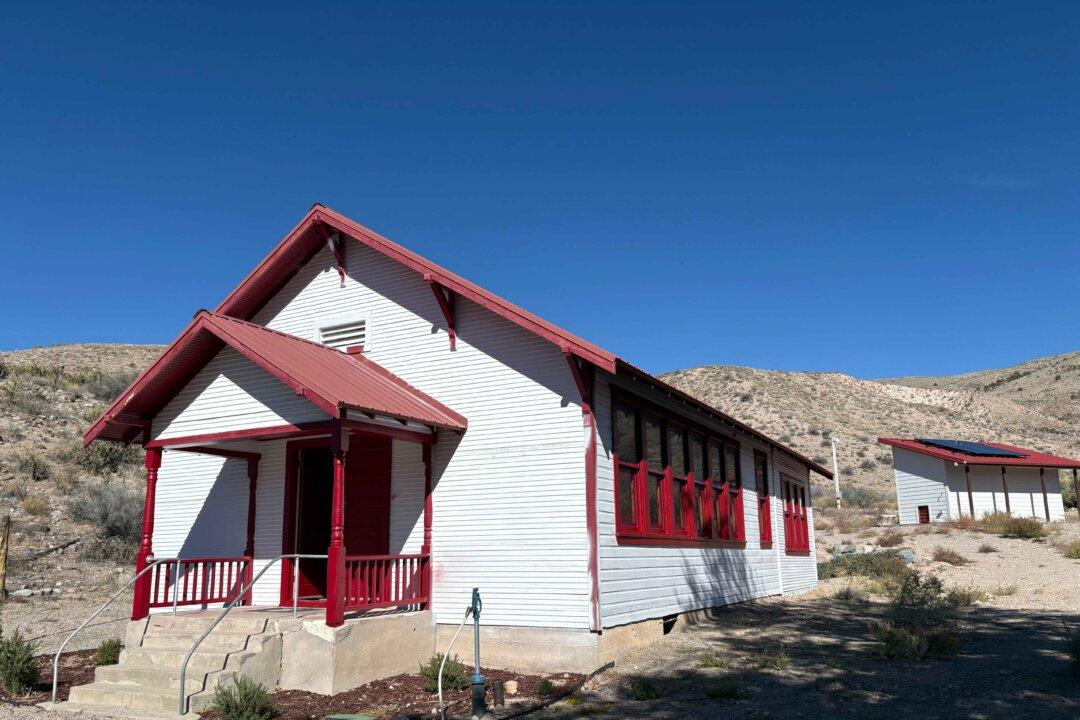“I’ve been a self-sustaining artist most of my adult life,” said 64-year-old Victor Chiarizia, whose hand-crafted residence is situated on six-plus acres in an Appalachian Mountains’ “holler,” just 12 miles from downtown Asheville, N.C.
A step inside his expansive workshop, which he also built, attests to his artistry. Dozens of tall, graceful glass vases in myriad muted hues line shelves and window ledges, and massive equipment for his ongoing glass blowing endeavor takes up about a quarter of the 3,600-square-foot workshop. Yet increasingly, Chiarizia’s focus has been on cheesemaking.





